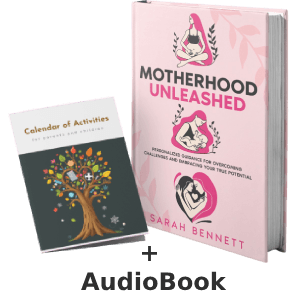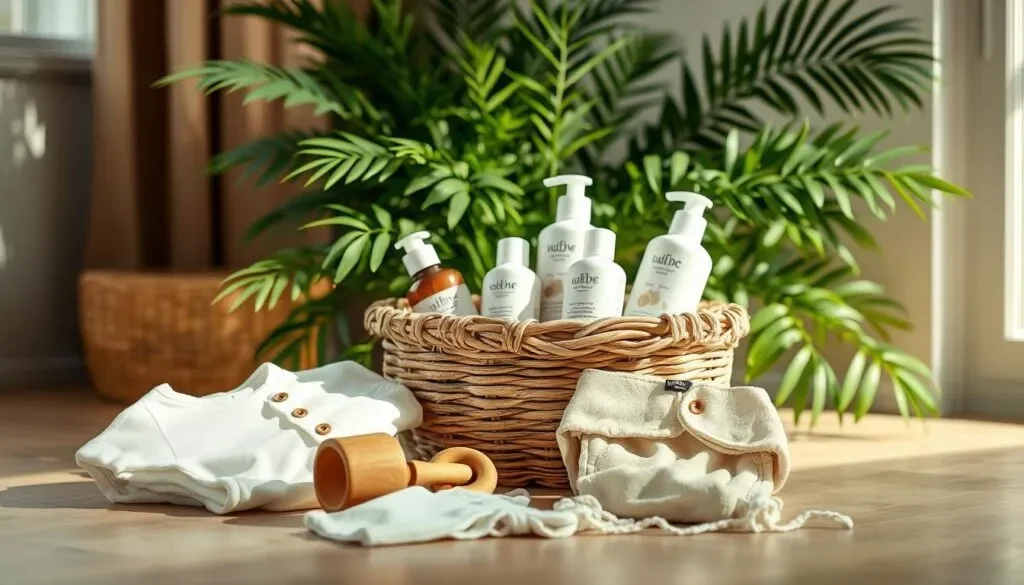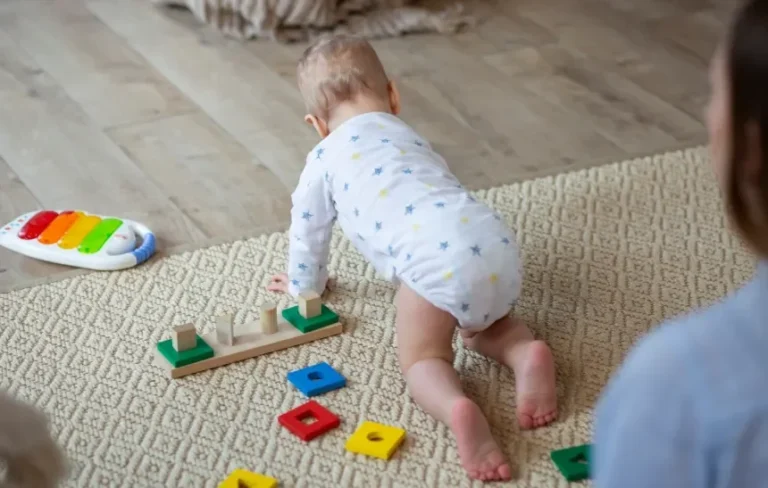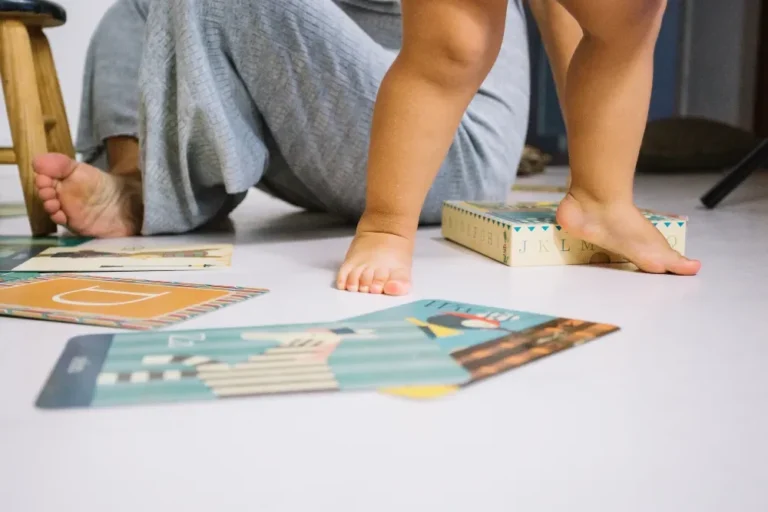Welcoming a newborn into your home is pure magic, but let’s be honest—those first few weeks can feel like navigating uncharted waters. One of the sweetest (and sometimes nerve-wracking) moments? Newborn bath time. That tiny, slippery bundle in your hands deserves the gentlest care, and with the right approach, bath time can transform from a daunting task into a cherished bonding ritual.
In this ultimate baby bathing guide, we’ll walk you through everything you need to know to keep your little one clean, safe, and happy. From mastering the newborn sponge bath to understanding critical water safety rules, these newborn tips are designed for real parents juggling real life. Whether you’re a first-timer or a seasoned pro looking to refine your routine, you’ll find practical, confidence-boosting advice here.
Why Newborn Bath Time Matters More Than You Think
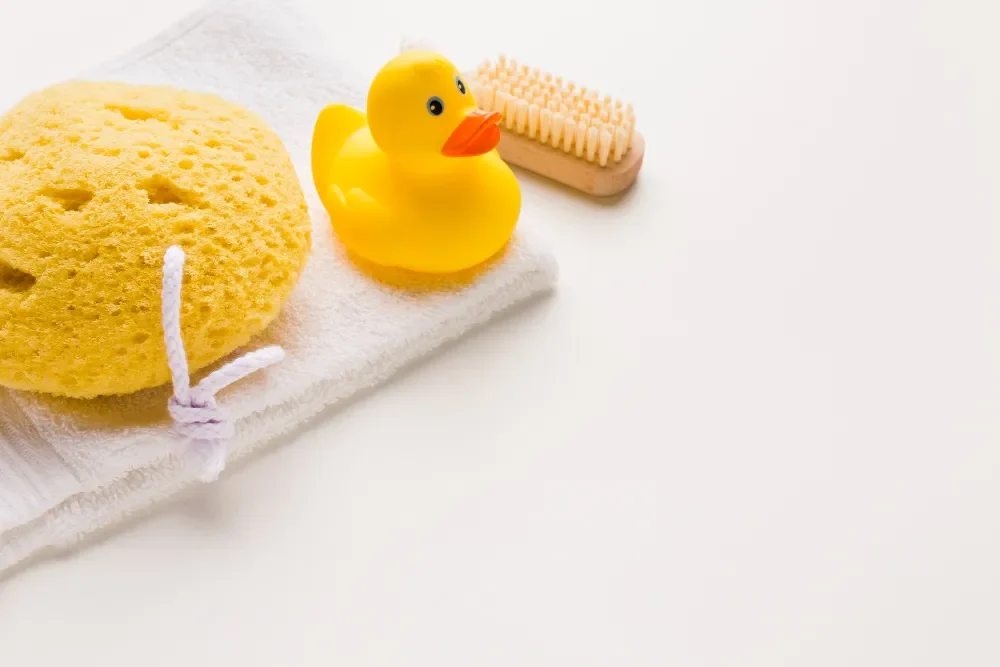
Bath time isn’t just about removing milk dribbles or that mysterious sticky spot on baby’s neck (we’ve all been there). It’s a multi-sensory experience that supports your baby’s development in surprising ways.
Sensory stimulation: The warmth of the water, the sound of your voice, and the gentle touch of your hands help regulate your newborn’s nervous system.
Skin-to-skin bonding: These quiet moments strengthen your emotional connection, releasing oxytocin for both you and baby.
Sleep cues: A consistent bath routine often signals “wind-down time,” helping establish healthy sleep patterns.
Real-world example: Sarah, a new mom from Chicago, noticed her colicky son calmed instantly during his evening sponge bath. “It became our sacred 10 minutes,” she shares. “No phones, no distractions—just us.”
When to Start Bathing Your Newborn: Timing Is Everything
Your baby’s first bath typically happens in the hospital, but once you’re home, the rules change. The American Academy of Pediatrics recommends waiting until the umbilical cord stump falls off (usually 1-3 weeks) before submerging baby in water.
Until then? Stick to sponge baths.
Newborn Sponge Bath Basics
A newborn sponge bath is exactly what it sounds like—cleaning your baby with a damp cloth while keeping them on a safe, flat surface. Here’s your foolproof setup:
- Room temperature: 75-80°F (24-27°C)
- Supplies within arm’s reach: Mild baby soap, two washcloths, cotton balls, diaper, clean clothes
- Soft surface: Changing table with a towel or waterproof pad
Pro tip: Keep one hand on baby at all times. Newborns are wiggly—and surprisingly strong!
Essential Supplies for Stress-Free Newborn Bath Time
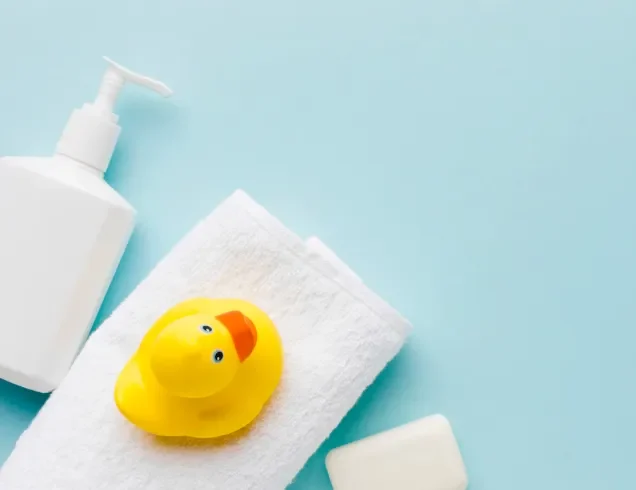
Let’s talk gear. You don’t need a baby bathtub shaped like a whale (though they’re adorable). Focus on safety and simplicity.
Must-Have Items:
- Baby bathtub or sink insert (with contoured support)
- Hooded towels (to prevent heat loss)
- Digital thermometer (for water temp)
- Unscented, hypoallergenic cleanser
- Soft washcloths
Nice-to-Haves:
- Bath kneeler pad (your knees will thank you)
- Rinse cup with gentle pour spout
- Waterproof bath book (for future splash sessions)
Hypothetical scenario: Imagine it’s 7 PM, you’re exhausted, and baby just had a diaper blowout. Having everything pre-assembled in a caddy means you’re not sprinting to the nursery mid-crisis.
Step-by-Step Newborn Bath Time Routine
Ready for the main event? Here’s a clear, repeatable process that keeps safety first.
| Step | Action & Details |
|---|---|
| 1. Prep the Space | Warm the room, fill tub with 2-3 inches of water (100°F max), test with wrist/elbow. Lay out supplies in order of use. |
| 2. Undress Strategically | Keep baby wrapped in a towel initially. Undress from the top down, leaving diaper for last to minimize exposure. |
| 3. Cleanse Face First | Use plain water and a soft cloth. Wipe from inner eye to outer (one swipe per cotton ball to avoid cross-contamination). |
| 4. Wash Hair (If Needed) | Support baby’s head over the tub. Use a cupped hand or gentle pour to wet scalp. Apply a drop of cleanser, massage, rinse thoroughly. |
| 5. Body Wash | Unwrap towel section by section. Wash neck folds, armpits, and creases where milk hides. Use “top-to-bottom, front-to-back” rule for girls to prevent UTIs. |
| 6. Diaper Area Last | Clean genitals gently. For circumcised boys, follow pediatrician’s care instructions. For uncircumcised, never forcibly retract foreskin. |
| 7. Rinse & Wrap | Rinse with clean water. Lift baby into hooded towel immediately—newborns lose heat fast. Pat dry, don’t rub. |
| 8. Moisturize & Dress | Apply fragrance-free lotion if skin is dry. Dress in clean clothes. Cuddle! |
Average time: 5-10 minutes. Speed comes with practice.
Water Safety: Non-Negotiable Rules for Newborn Bath Time
Drowning can occur in less than an inch of water in under 30 seconds. These water safety protocols aren’t suggestions—they’re lifesavers.
Critical Water Safety Tips:
- Never leave baby unattended—not even for a second to grab a towel.
- Test water temperature with your elbow or a thermometer (100°F is ideal; 120°F can scald in 1 minute).
- Use minimal water—2-3 inches max for newborns.
- Secure your grip—wet babies are slippery. Use football hold or cradle hold.
- Install anti-scald devices on faucets.
Real example: A dad in Texas reached for his ringing phone during bath time. In 10 seconds, his 6-week-old rolled into the water. Thankfully, a quick-thinking grandma intervened. The family now keeps a “bath time = no interruptions” rule.
Choosing the Right Products for Sensitive Newborn Skin

Your baby’s skin barrier is 30% thinner than yours. Harsh soaps strip natural oils, leading to dryness or eczema.
What to Look For:
- Fragrance-free
- pH-balanced (5.5)
- Hypoallergenic
- Tear-free
Ingredients to Avoid:
- Sulfates (SLS/SLES)
- Parabens
- Phthalates
- Artificial dyes
Dermatologist tip: “If you wouldn’t put it in your eye, don’t put it on your baby’s skin.”
Common Bath Time Challenges (And How to Solve Them)
Let’s tackle the moments that make parents panic-sweat.
Challenge 1: Baby Hates Baths
Solution: Start with sponge baths in a warm room. Sing softly, maintain eye contact, and keep sessions short (3-5 minutes). Gradually transition to tub.
Challenge 2: Slippery Baby Syndrome
Solution: Use a contoured bath support or place a washcloth in the tub for traction. Practice the “one hand always on baby” rule.
Challenge 3: Umbilical Cord Care Confusion
Solution: Sponge bathe only until the stump falls off. Keep it dry—fold diaper below stump, avoid covering with onesie.
Challenge 4: Post-Bath Chills
Solution: Pre-warm the towel in the dryer for 2 minutes. Have the next room heated to 75°F.
Hypothetical: Picture little Emma screaming the second her toes touch water. Her mom discovered that starting with a warm washcloth on Emma’s tummy for 30 seconds eased the transition. Problem solved.
Transitioning from Sponge Bath to Tub Bath

Around 3-4 weeks (or when the cord stump detaches), it’s tub time! Ease the shift:
- Fill tub with 2 inches of water (same temperature as sponge baths).
- Lower baby slowly—feet first, supporting head and neck.
- Keep it brief—5 minutes max initially.
- End on a high note—cuddles and nursing/feeding.
Advanced Newborn Tips for Pro-Level Bath Time
Ready to level up? These newborn tips separate rookies from veterans.
Temperature Mastery
Invest in a digital bath thermometer with a color-changing display. No guesswork.
Massage Integration
Post-bath, use gentle strokes from head to toe. Research shows infant massage reduces crying by 50%.
Scent Association
Use the same mild cleanser for every bath. The familiar smell becomes a sleep trigger.
Sibling Involvement
Let older kids “help” by handing you washcloths or choosing the hooded towel. Builds family bonding.
Nighttime Routine Blueprint
6:30 PM: Dim lights, white noise 6:45 PM: Bath 7:00 PM: Massage + pajamas 7:15 PM: Feeding + bedtime story
Consistency is magic.
Debunking Newborn Bath Time Myths
Myth 1: “Babies need daily baths.” Truth: 2-3 times per week is sufficient for newborns. Over-bathing dries skin.
Myth 2: “Johnson’s baby shampoo is fine because it’s ‘baby’ branded.” Truth: Many contain fragrances and sulfates. Check labels carefully.
Myth 3: “Cord stumps need alcohol.” Truth: Current AAP guidelines recommend keeping it dry—no alcohol needed.
Myth 4: “Baths wake babies up.” Truth: Warm water and dim lighting promote relaxation when done right.
Long-Term Benefits of a Solid Bath Routine
The payoff extends far beyond clean skin.
| Benefit | How It Helps |
|---|---|
| Regulated Circadian Rhythm | Consistent timing teaches day/night differences. |
| Reduced Eczema Risk | Proper moisturizing post-bath strengthens skin barrier. |
| Parent Confidence | Mastering bath time builds competence in other care areas. |
| Early Language Exposure | Narration during bath (“washing your tiny toes!”) boosts vocabulary. |
| Emotional Security | Predictable routines lower cortisol levels in infants. |
Real-world outcome: A study of 500 families found that parents who established bath routines in the first month reported 40% less anxiety about newborn care.
Eco-Friendly Bath Time Swaps
Want to green your routine? Try these:
- Organic cotton washcloths (vs. disposable wipes)
- Refillable soap dispensers (reduce plastic)
- Bamboo hooded towels (super absorbent, sustainable)
- Greywater-safe cleansers (for cloth diaper families)
Seasonal Bath Time Adjustments
Winter: Increase room temp to 78°F. Use a space heater (safely distanced). Moisturize immediately after patting dry.
Summer: Bath in the morning to avoid nighttime chill. Use lukewarm water (98°F). Skip lotion if humidity is high.
Bath Time for Preemies or NICU Graduates
If your baby spent time in the NICU, consult your pediatrician first. General newborn tips:
- Wait longer for tub baths (often 4-6 weeks corrected age)
- Use sterile water initially if advised
- Monitor for temperature instability
- Keep sessions ultra-brief (3 minutes)
Conclusion: Your Newborn Bath Time Adventure Awaits
You’ve got this. Newborn bath time doesn’t have to be intimidating—with the right preparation, it becomes one of the sweetest parts of your day. From perfecting the newborn sponge bath to mastering water safety, every splash is a step toward confidence and connection.
Start small: Set up your sponge bath station tonight. Sing a lullaby. Watch your baby’s eyes widen at the warm water. These moments? They’re fleeting. Savor them.
Ready to transform bath time into bonding time? Pin this guide, grab your supplies, and dive in—safely, of course!
Frequently Asked Questions (FAQs)
How often should I bathe my newborn?
2-3 times per week is ideal until they’re more mobile. Focus on sponge baths until the umbilical cord falls off.
What’s the safest water temperature for newborn bath time?
100°F (37.8°C) max. Always test with your elbow or a thermometer—never your hand.
Can I use baby wipes instead of a full bath?
For quick cleanups, yes—but avoid scented wipes on sensitive areas. Full baths are still needed 2-3 times weekly.
My baby cries during every bath. What am I doing wrong?
Try a warmer room, shorter sessions, or starting with a warm washcloth on their chest. Some babies need gradual exposure.
When can I start using bubble bath or toys?
Wait until 6+ months for bubbles (and choose hypoallergenic). Simple bath toys are fine at 3-4 months once baby enjoys water.
Improving parenting skills and communication
